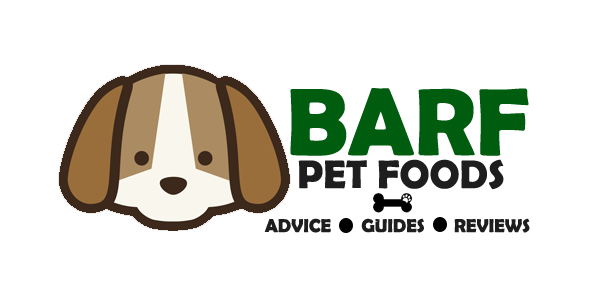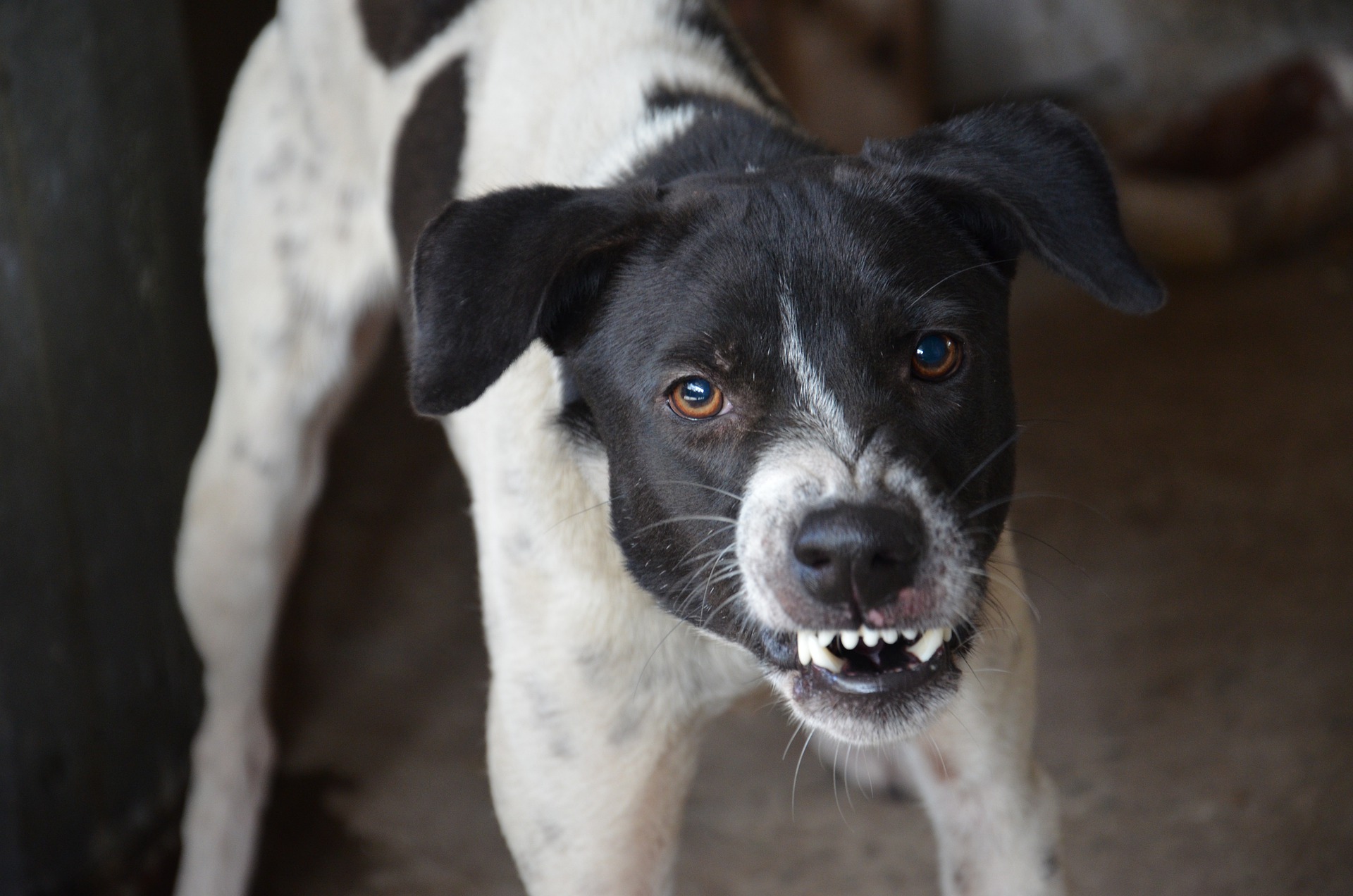If you find yourself in the unenviable position of your dog’s behaviour worsening despite doing your best to train them to behave correctly and be obedient, you’ve come to the right place.
While we can’t 100% guarantee that the information contained in this article will help cure your dog of their poor behaviour, it will certainly give you plenty of food for thought and a myriad of tactics, methods and strategies to try – hopefully with success!
Before we delve into these, however, let’s take a look at the four key areas that you should focus on when attempting to address your dog’s bad behaviour:
- Preventing the reinforcement of bad behaviours/habits.
- Rewarding good behaviour.
- Exercise and mental stimulation.
- Relaxation and rest.
Each of these areas plays a significant role in your dog’s obedience, behaviour, happiness, and health; therefore, it’s essential to get as much right as you can within each of these categories.
But how can you do this?
Let’s examine each in turn and look at some expert tips that can be implemented into your dog’s training and everyday life to correct their bad behaviour.
Correcting Bad Behaviour: Preventing The Reinforcement Of Bad Habits
What are their bad habits? Make a detailed list of your dog’s bad habits and behaviours, then ask yourself what reward your dog is getting from behaving in this fashion. Once identified, ensure that these behaviours are not rewarded.
Which habits concern you the most? As is the case with human, sometimes its best to pick your battles very wisely. Not every single behaviour needs to be fixed – only the one’s that cause the most stress, are the most dangerous to your dog and/or you etc. Once you’ve got these behaviours rectified, then you can think about the smaller ones.
Do you have consistent rules and cues? A lack of consistency with rules and cues is a surefire way to confuse a dog, ultimately leading to bad behaviours or habits. If there’s more than one person in your household, always establish the rules and cues very early on and make sure everyone sticks to them.
Have you tried disrupting your dog’s triggers? You can eradicate bad behaviours that are induced by specific triggers by avoiding those triggers. For example, if your dog gets too excited or barks excessively when you leave via the front door, try leaving via the back door instead.
Does your dog pull on the lead before you’ve even left the house? Most dogs will associate having a lead put on with going for a walk, which will often lead to excitement and pulling on the leash. To stop this behaviour, put the leash on your dog when you’re not going for a walk. If you do this consistently, you’ll desensitise your dog to the leash.
Destructive chewing behaviour an issue? A bitter-tasting spray is your best friend.
Is your dog going to the toilet in the wrong place (outside)? If they’re not fans of hot pepper powder, sprinkling this in the areas where you don’t want them to go to the toilet will stop them from doing so.
Is your dog going to the toilet in your house? Dogs will never eat in the same place they relieve themselves; therefore, feeding your dog in his usual pee places should put a stop to this behaviour.
Correcting Bad Behaviour: Rewarding Good Habits
Focus on one training goal at a time. If your dog has several bad habits that you want to eradicate ASAP, it can be easy to fall into the trap of wanting to rectify them all simultaneously. However, as intelligent as dogs are, they will often struggle to learn more than one thing at once; therefore, make one goal, attain it, then move onto the next one.
What does your dog love? Teaching your dog that good behaviour is rewarded is crucial to correcting bad habits. Make a list of all the things your dog loves and use these when rewarding correct behaviour.
Use replacement behaviours. As you can probably figure out, this involves replacing bad behaviours with good ones. For example, if your dog starts to bark, immediately ask them to perform a ‘good’ behaviour and reward them when they comply. Although it may not result in complete eradication of the bad behaviour, your dog will soon learn that the ‘good’ behaviour gets rewarded and will revert to that very quickly. Sit is often the best and easiest to implement.
How well does your dog know its name? This may seem like an odd one, but ensuring that your dog not only knows it but responds to it instantly is a cornerstone of obedience. Train recall several times per week or even every day if you feel it is necessary.
Have you considered clicker training? If you’ve not used clicker training, then you’re certainly missing a trick (no pun intended). Using a clicker is so simple and will reward your dog for good habits and behaviours. To get your four-legged friend used to how the clicker works, grab your clicker and twenty small treats, then simply click the clicker, then give them a treat – repeating the process until the treats are all gone. By the time you’ve done this twenty times over, your dog will associate the clicker with a reward.
Catch them in the act. This applies to both good and behaviours. You can only praise or correct your dog if you catch them in the act of behaving well or badly.
Is your dog an excessive barker? Train them to bark on command. Although this is certainly a counter-intuitive strategy, it really can work wonders for a dog who likes the sound of its own voice!
Correcting Bad Behaviour: Exercise and Mental Stimulation
Use your morning routine to wear your dog out. A tired dog is a dog that is less likely to be destructive or showcase its wide array of bad habits and behaviours. Therefore, it’s wide to tire your four-legged friend out both physically as early on the day as possible. For example, as soon as you get up in the morning, take them out for a walk. When you come back from your walk, have some one-on-one cuddling/affection, then given them toys to play with by themselves. By midday, your dog will be one tired pooch and far less likely to play up.
Have you thought about ‘controlled destruction’? Controlled destruction allows your dog to unleash its destructive nature on things you allow it to ‘destroy’. For example, fill a cardboard box with old toys, papers, pieces of cardboard etc. and let your four-legged friend bite, rip, and tear it to shreds.
Too easily distracted on walks? Try a scent walk. If your dog’s bad behaviour(s) rear their ugly head during walks, why not try a scent walk? This will help your dog ignore distractions and learn that they can have plenty of fun by themselves having a good sniff.
Do you own a Kong? If so, move onto the next point. If you don’t, we highly recommend getting one. They are one of the best – if not the best – ways of keeping your dog occupied whilst also stimulating their grey matter.
Give your dog some ‘forage time’: Dogs love to forage; therefore, use this to your advantage. Mix some cheese and small treats with a cup of their kibble and throw it on your garden for them to hunt down and forage. It’s a fantastic way to keep your dog occupied whilst also boosting their brainpower.
Tricks galore. The more tricks your dog knows, the more tired out they’re going to get learning them. Keeping your dog occupied will always decrease destructive and bad behaviour; therefore, constant training is key. Even if they’re learning silly tricks, it’s still far better than them being naughty!
Paddling pool ‘fishing’. If there are two things that most dogs love, it’s swimming and food – so why not combine the two? Get a paddling pool specifically designed for dogs (or an old kids’ one if there’s one hanging around), fill it with water then toss in a handful of treats. Your dog will have a lot of fun ‘fishing’ for the treats, and it’ll keep them out of trouble, that’s for sure!
Correcting Bad Behaviour: Relaxation and Rest
Teach them to lie down on a mat. This doesn’t sound like something that would have a profound effect on a misbehaving dog, but you’d be surprised just how effective it can be. Even something as simple as sending them to their bed establishes a boundary and helps them associate (bad) behaviours with being excluded from the room/getting attention. If their bed is near to where you are, move it somewhere else. When first introducing them to this, be sure to reward and praise lots.
Practise separation regularly. If separation anxiety is causing bad behaviour, it’s imperative to practise separation frequently. Use a stair or baby gate between you and your dog while they are in their crate or eating, as this will help them get used to being separated from you. Start with short periods of separation, such as two or three minutes, building up to more extended periods.
Stock up on chewy things. In our opinion, the best way for a dog to relax is to chew on something – such as a bone or treat – as this not only helps them to relax by themselves, it provides mental stimulation and helps them to feel secure when alone.
To Conclude…
Hopefully, the above tips should give you plenty of avenues down which you can go, ideally culminating in a reduction in bad behaviours and habits and an increase in good behaviours. Of course, dog training isn’t always black and white, and what may work for one dog may not work for another, but there’s a wide array of things for you to try if your dog’s behaviour is becoming worse.
Remember, consistency and keeping your dog physically active and mentally stimulated is the absolute key to having success where training is concerned. Even if your dog is acting up or is suddenly misbehaving after many years of being well behaved and obedient, there’s no shame in going back to basics and working from the ground up. Dogs are intelligent creatures, so it shouldn’t take too long before your four-legged friend is back on the right track; however, if you feel like you’re not making any progress, speaking to a professional is always the best course of action.






